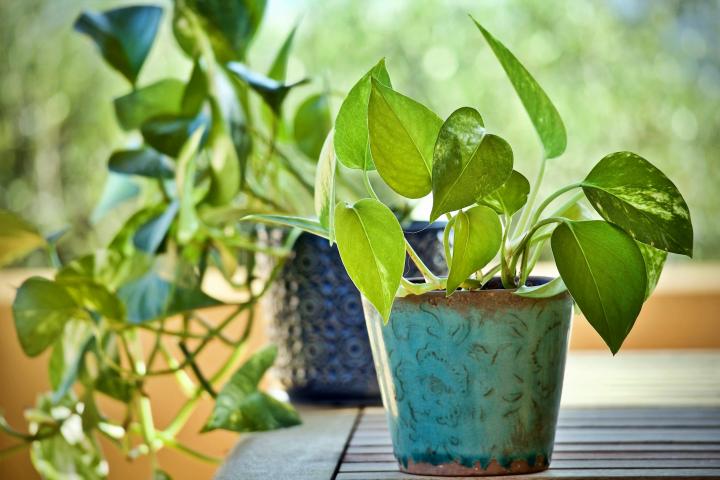
Photo Credit
usmee/Shutterstock
No content available.
Subhead
How to Plant, Grow, and Care for Pothos Plants
ADVERTISEMENT
As mentioned in the article, pothos have a weird tendency to be like the gremlins in the old movie. Remember, they were usually very cute, but would get mean and ugly if you fed them after midnight? I live in southern Florida, so pothos do quite well outside. I had one that had been in a hanging basket on my lanai for years. The leaves remained small at about 3 inches long and the runners were about 1/8-inch in diameter. One day about five or six years ago, I decided to plant it near a tree in the backyard. It has now climbed all of the way to the top of the 25-foot tree and has leaves that are about a foot wide and 2 feet long. Some of the runners are at least 1-1/2 inches in diameter.










Comments